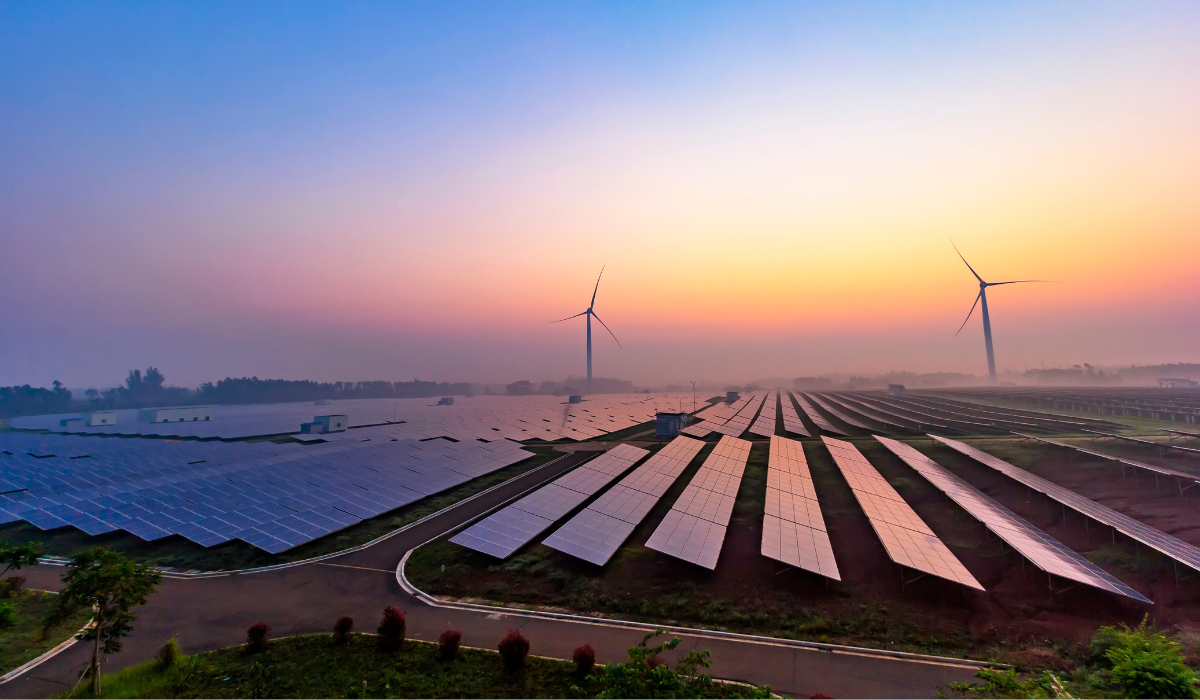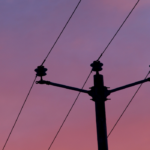The Future of Solar Energy in African Countries
Africa is on the brink of a solar revolution. The continent boasts some of the highest solar energy potentials in the world, with the capacity to transform its energy landscape and significantly contribute to global renewable energy goals. This blog post delves into the future of solar energy in African countries, highlighting key trends, forecasts, and the pivotal role solar power could play in the continent’s development.
Current State of Solar Energy in Africa

Africa is endowed with vast solar resources, with the International Energy Agency (IEA) stating that the continent has 60% of the world’s best solar resources, yet it accounts for only 1% of the global solar generation capacity. This discrepancy underscores a significant opportunity for growth and investment in the solar sector.
In 2022, solar capacity in Africa saw substantial growth, with countries like South Africa, Egypt, and Morocco leading the way. South Africa alone added around 1 GW of solar power, while Egypt continued to expand its Benban Solar Park, one of the largest in the world. According to the African Energy Chamber, renewable energy, especially solar and onshore wind, is set to drive significant growth in the continent’s energy capacity.
Key Trends and Developments
1. Investment and Policy Support: Investment in Africa’s renewable energy sector is critical for harnessing its solar potential. The IEA estimates that Africa needs $190 billion annually between 2026 and 2030 to achieve its energy and climate goals, with two-thirds of this investment required for clean energy projects. Various international organizations and governments are stepping up support, with initiatives aimed at reducing investment risks and providing financial incentives.
2. Technological Advancements: Technological advancements are making solar power more viable and cost-effective. The cost of solar photovoltaic (PV) systems has dramatically decreased, making it an attractive option for both grid-connected and off-grid solutions. Innovations in battery storage are also enhancing the reliability and stability of solar power, addressing one of the main challenges of renewable energy.
3. Off-Grid Solutions: Off-grid solar solutions are gaining traction in Africa, particularly in rural areas where access to electricity remains a challenge. Companies like M-KOPA and d.light are pioneering pay-as-you-go solar systems, providing affordable and scalable energy solutions to millions of households. These systems not only provide electricity but also empower communities by enabling access to clean water, education, and healthcare.
4. Large-Scale Solar Projects: Large-scale solar projects are being developed across the continent. For instance, Mauritania’s Project Nour aims to harness up to 3 GW of solar power, and Morocco continues to expand its Noor Solar Complex. South Africa’s Renewable Energy Independent Power Producer Procurement Programme (REIPPP) has also been instrumental in driving solar energy development, with numerous projects planned and under construction.
Forecast and Future Prospects
The solar energy market in Africa is poised for exponential growth. According to Statista, the market is projected to grow by 4.78% annually from 2024 to 2029, resulting in a market volume of 23.14 billion kWh by 2029. This growth is driven by declining costs, supportive policies, and increasing demand for clean energy.
1. Regional Leaders: Countries like Egypt, Morocco, and South Africa are emerging as regional leaders in solar energy. Egypt’s Benban Solar Park, Morocco’s Noor Solar Complex, and South Africa’s REIPPP are exemplary projects showcasing the potential for large-scale solar deployment. These countries are also setting ambitious targets for renewable energy integration, aiming to reduce dependence on fossil fuels and enhance energy security.
2. Economic and Social Impact: Solar energy can have a profound economic and social impact on African countries. By providing reliable and affordable electricity, solar power can drive economic growth, create jobs, and improve the quality of life. It can also reduce greenhouse gas emissions, contributing to global efforts to combat climate change. According to the World Bank, solar energy can provide affordable, reliable, and sustainable electricity to a large share of humanity, especially in regions where economic opportunities and quality of life are most needed.
3. Challenges and Solutions: Despite the immense potential, there are challenges to the widespread adoption of solar energy in Africa. These include financing, grid infrastructure, and regulatory barriers. However, innovative financing models, such as green bonds and blended finance, are emerging to address these challenges. Additionally, regional cooperation and partnerships with international organizations can help overcome regulatory and infrastructural hurdles.
The future of solar energy in African countries is bright. With abundant solar resources, declining technology costs, and increasing support from governments and international organizations, Africa is well-positioned to become a global leader in solar energy. By harnessing this potential, African countries can achieve significant economic, social, and environmental benefits, paving the way for a sustainable and prosperous future.




